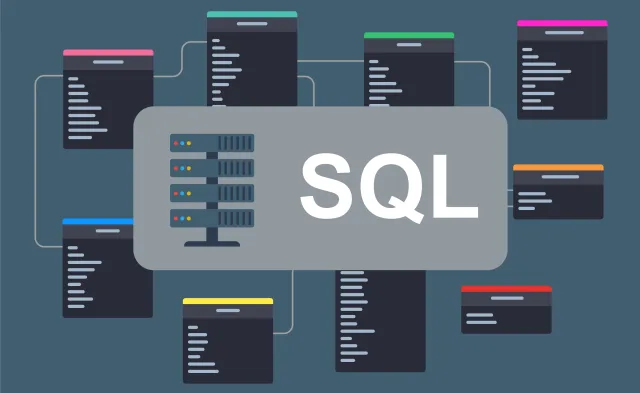Latest
How to Avoid Counterproductive To-Do Lists
Jan 11, 2021

Whether you’re a college student, working professional, or both, juggling many different goals and responsibilities is challenging. Many people find that creating a to-do list helps them become organized, prioritize, stay on task and manage their time. While these lists are meant to help you stay focused and accomplish your goals, they can quickly become counterproductive and leave you feeling overwhelmed, unmotivated, unsure of where to start or even focusing on the wrong things.
How many times have you woken up with the best intentions of getting that one thing done, only to realize you never got to it by the end of the day? You were crossing off tasks and felt like you were being productive, but by bedtime, you were still anxious or disappointed that you didn’t get it done. Whether purposefully or subconsciously, you may have been prioritizing easy or smaller tasks while avoiding more complex or important priorities.
This is why you need a good strategy. You can find an endless number of prioritization and time management methods and techniques online, such as the 1-3-5 rule of listing 1 big priority, 3 medium tasks and 5 smaller things you must get done each day.
While there are many different approaches you could take, here are a few general rules of thumb for crafting your to-do lists:
- Focus on the big picture: Before starting your list, think about what will get you closer to achieving your overall goals and objectives. In a work setting, this could include determining which tasks are likely to bring the most value to your employer or your clients or identifying which projects could help you earn a promotion or salary increase.
- List the most important things first: With your goals in mind, think about which tasks are most important and timely and include those items at the top of your list. These are the “must-do” tasks that you should complete first. Many experts recommend that you “eat the frog” first thing in the morning. This is an adage encouraging you to do the hardest thing – or the thing that you least want to do – first. This can be especially helpful if you struggle with procrastination.
- Check that tasks are specific and feasible: Don’t set yourself up for failure by listing goals and objectives that are unclear or simply too massive to complete in a day. Split large projects, such as writing a research paper or completing an end-of-year business analysis, into smaller, specific tasks. For example, if you have a large presentation due at the end of the semester, your to-do list each day or week should include manageable tasks like “Draft outline for the presentation,” “Complete first 10 slides of the presentation,” and so on. Consider following the SMART goal framework to help you specify goals and tasks to stay on track.
- Avoid clutter: Including every single thing you must do is overkill and could cause you to waste time by focusing on unimportant or easy tasks instead of making progress on your goals. If something takes just a few minutes or little effort from you, don’t include it. You will be more productive if you stay focused on a few relevant and important tasks.
- Include a “parking lot”: For other responsibilities, projects or ideas that you don’t want to forget about but aren’t prioritizing at the moment, put them in a “parking lot” or holding section at the bottom of your list. This way, you can keep a running list of stuff you want to come back to later without cluttering your list – and your mind.
Ultimately, your to-do list is a tool that should help you prioritize and achieve goals – not create more stress. Consider whether your current to-do list approach is motivating or distracting you, and try implementing the above tips to see if they help improve your productivity.
Every person is different and what works for one may not work for another, so keep researching and adjusting until you find what’s most effective for your personality type and lifestyle. You can even look into productivity and time management books, such as “ Getting Things Done ” by David Allen or “ 168 Hours: You Have More Time Than You Think ” by Laura Vanderkam for expert advice and tested methods.
Learn More About Our Career Programs
BLS pay estimates calculate the median annual wage for various occupations. Per the BLS the median wage for an occupation is: "The wage at which half of the workers in the occupation earned more than that amount, and half earned less. Median wage data are from the BLS Occupational Employment and Wage Statistics survey." Bureau of Labor Statistics (BLS), U.S. Department of Labor, Occupational Outlook Handbook 2024. BLS median wage estimates do not represent entry-level wages and/or salaries. Multiple factors, including prior experience, age, geographic market in which you want to work, and degree level and field, will affect career outcomes, including starting salary and earnings as an experienced employee. Herzing neither represents that its graduates will earn the median salaries calculated by BLS for a particular job nor guarantees that graduation from its program will result in a job, promotion, particular wage or salary, or other career growth.
Latest
Recent Blog Posts
Subscribe to our Newsletter
Get the latest news you need to know, from study hacks to interview tips to career advancement. Have it delivered right to your inbox biweekly.








